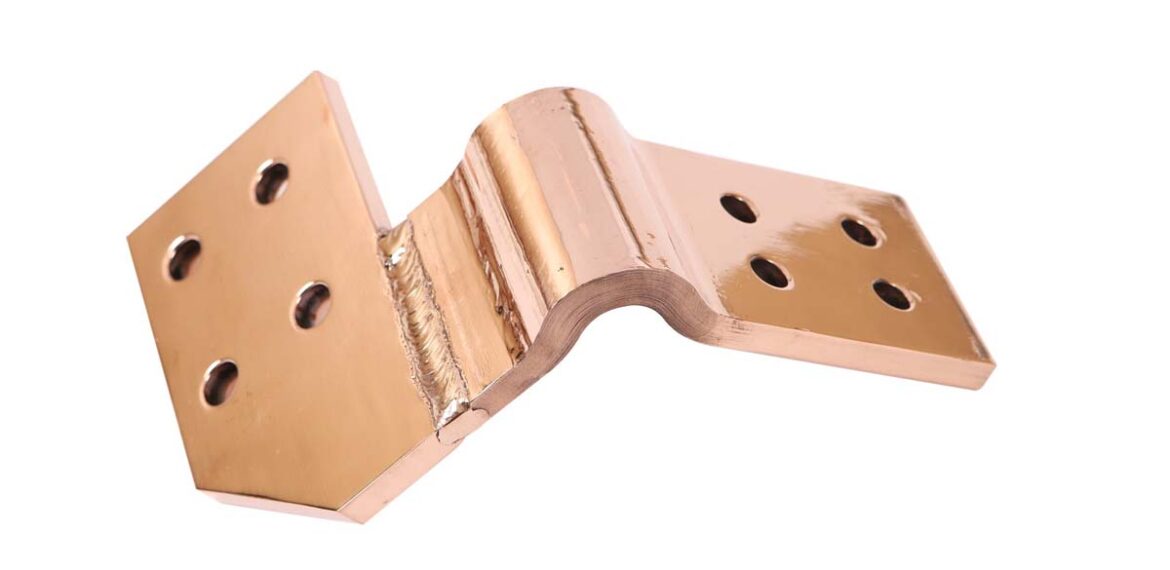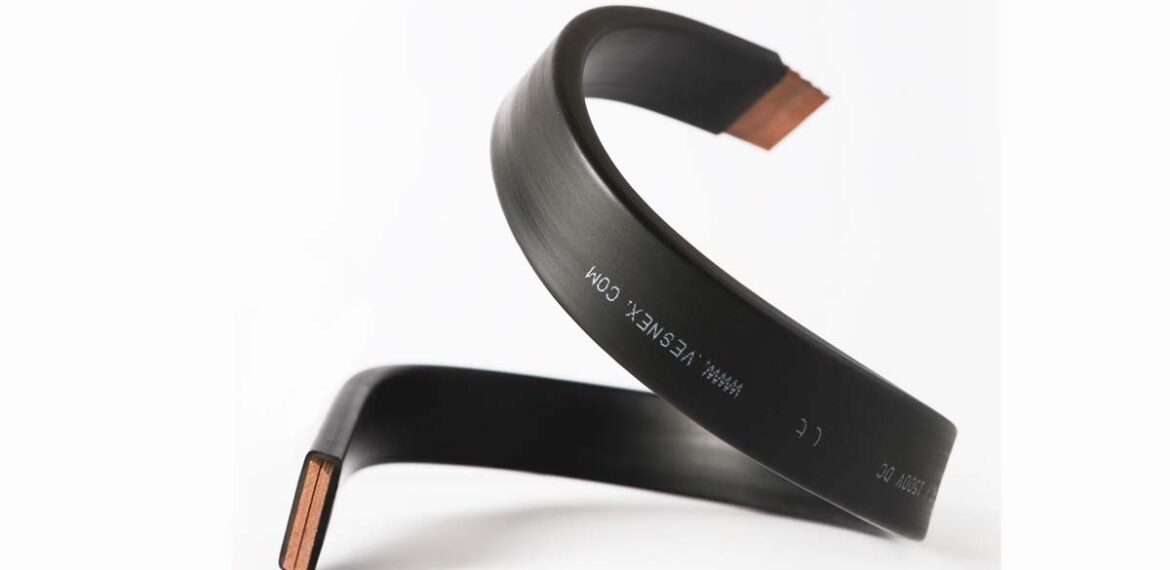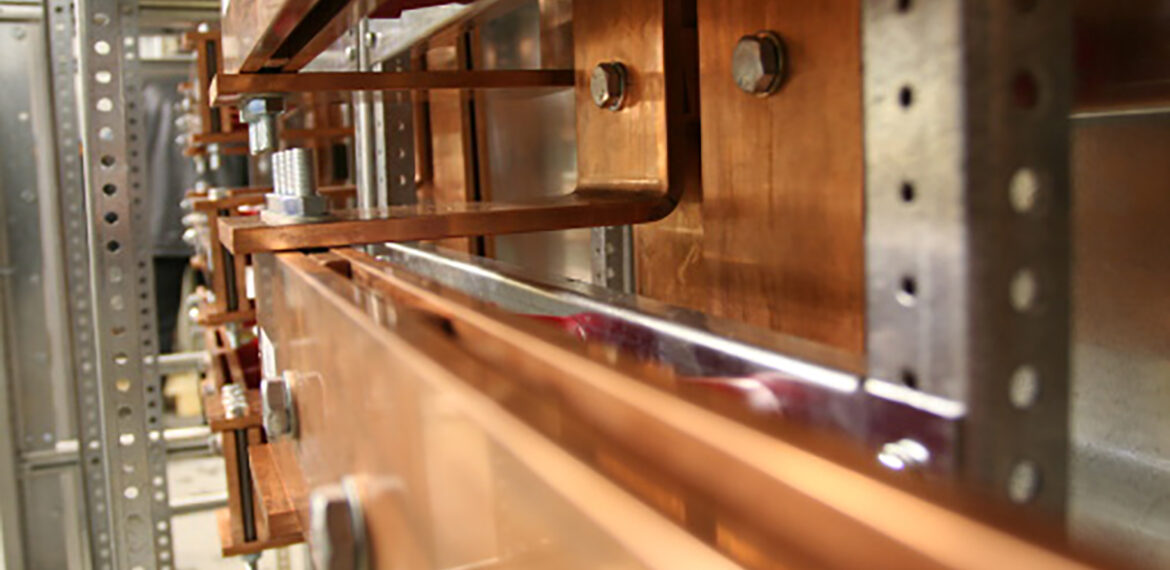Advantages of MIG Welded Shunts
A shunt is a device that functions to divert or obstruct the path of an electric current or electrical charge. These flexible bars can be made from copper without additional compression connections, they could also be made by extrusion of copper-clad steel, stainless steel clad copper, or copper-clad aluminum, but











Recent Comments